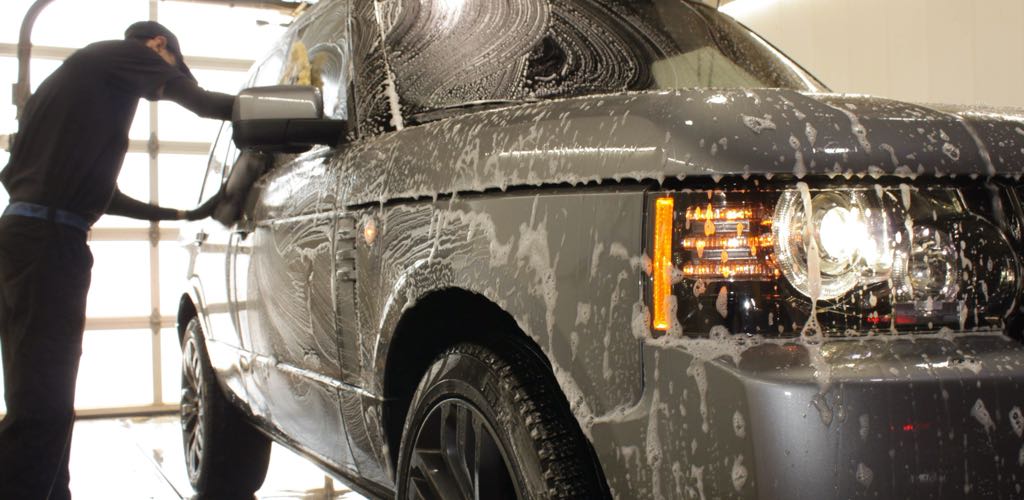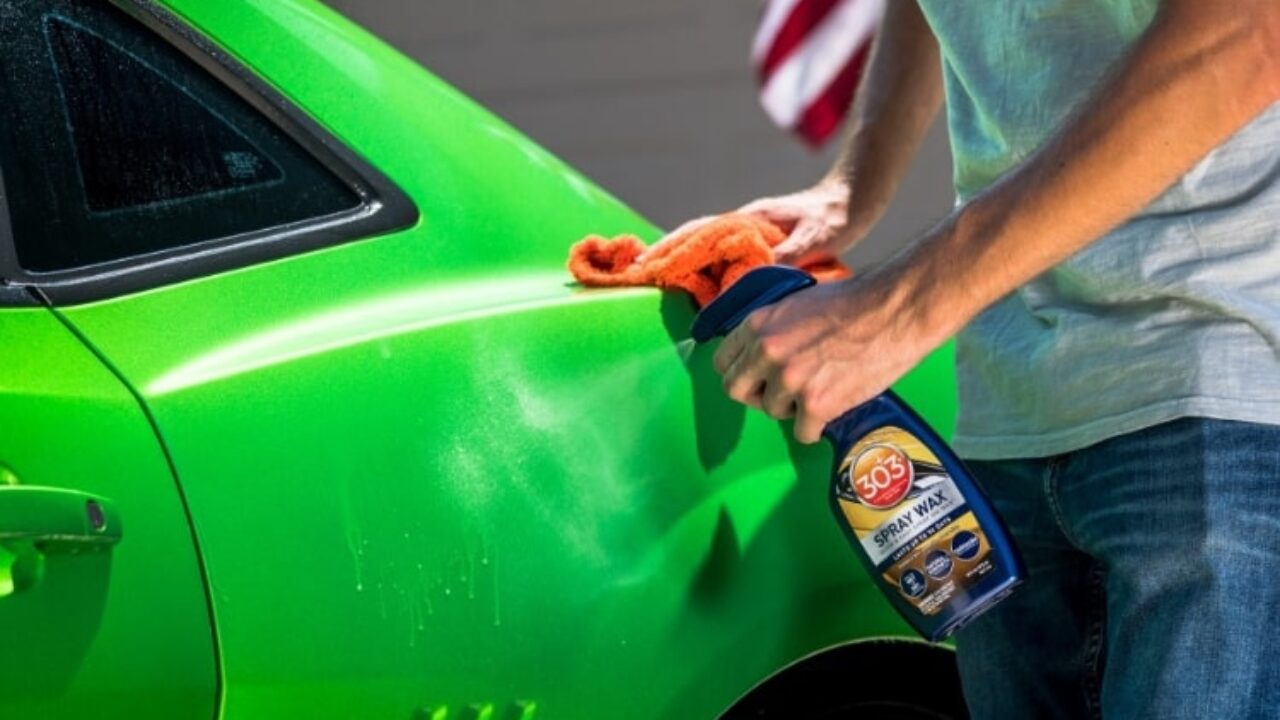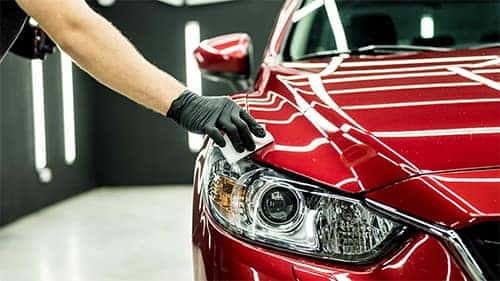The sun is crucial for our survival. It provides energy to sustain the planet’s plant life, shines down rays to keep us warm, and gives us light to see. Despite how wondrous the sun is, it also can be dangerous and cause skin cancer and sunburns. Just like the sun can damage our skin, the sun can also damage our car’s paint.
The sun’s ultraviolet rays are what we must pay special attention to. Ultraviolet A radiation, the type that ages and dries out skin, is the type of ultraviolet radiation that causes cracking and chipping of your vehicle’s paint. Ultraviolet B radiation, on the other hand, causes sunburn in humans, and paint fading for vehicles.

Just like we would protect our vehicle’s door sill’s paint from us stepping on it all the time with a product like STEProtect Universal 3D Door Sill Protector DIY Kit, we should try our best to protect our vehicle’s paint from sun damage. The following article will overview how long it takes for the sun to damage your vehicle’s paint, as well as what you can do about it!
How Long Does It Take for the Sun to Damage Your Car?
There are too many factors involved to be able to give a definitive amount of time it will take for a vehicle’s paint to get damaged from the sun. Different color paints, for example, will fade at different rates due to sun exposure, with red being one of the worst colors for sun damage. Similarly, it will depend on the type of topcoat or clear coat that came with your vehicle’s paint. The type of clear coat will make a difference with how fast the sun causes it to deteriorate and become cloudy and white.
What may be the biggest factor regarding how long it will take your vehicle to fade due to the sun is if you have prevented damage from occurring. Under normal circumstances without many preventative measures, it typically takes 5 to 10 years for the sun to fade a vehicle’s paint.
Keep Your Vehicle in the Shade as Much as Possible
One of the 3 easy ways to protect your car’s paint from fading is to keep your vehicle in the shade as much as possible. The damage to a vehicle’s paint that has been sitting on the street directly under the Florida sun will be far more than damage on a vehicle’s paint that stayed inside of a garage for 20 years in Massachusetts, for example.
If you have a garage or carport, make a habit of always parking your vehicle there so that it is out of the sun when you are not driving around. If there is covered parking at your job, make sure to take advantage of it. Otherwise, do the best you can do. When you go to the store, park under a tree even if it means walking a little further. Park on the side of the building that has more shade. The more ultraviolet light you prevent from getting to your paint, the less damage it will incur over time.
Wash Your Vehicle Regularly and Remove Contaminants Quickly
Just as important, if not more important, than maintaining the inside of your vehicle and knowing the 6 cool car interior cleaning tips and tricks , is keeping the exterior of your vehicle clean. You can substantially lengthen the amount of time you have before your vehicle gets damaged by the sun simply by washing your vehicle regularly and removing contaminants in a timely manner.

There are many corrosives and otherwise hazardous substances that vehicles come into contact with on a regular basis. Common contaminants that often get on vehicle paint include acidic bug guts, organic and inorganic salts, oils, and aromatic hydrocarbons. Some of these substances can be very damaging to your vehicle’s topcoat. If your clear coat is compromised or deteriorating, the sun damage to your paint will be accelerated significantly.
The way to avoid this is to simply wash your vehicle and remove any substances on your paint as soon as you notice it. Like always, make sure not to use any abrasive products when washing your vehicle since that can also ruin your paint’s topcoat. Keeping that in mind, all you need is a quick wash and rinse to extend the lifetime of your vehicle’s paint!
Wax Your Vehicle
Just like how your topcoat provides a protective layer over your paint, waxing your vehicle will help to create a barrier between the sun and the pigments in your paint. Additionally, all of the contaminants that we discussed in the previous section will have a much harder time destroying your clear coat since it will have to get through the wax first.

There are many different types of vehicle waxes on the market and there will certainly be one that suits your needs. Some are spray-on, some are buffed on, some last longer than others. Just like with washing products, you want to find one that does not have abrasives. You can do this by looking at the label and checking that it says something along the lines of “safe for clear coat finishes”. The best waxes, particularly the newer ones, have ingredients that take it a step further and are UV-resistant.
Consider Paint Protection Products
Although it is significantly more expensive, there are great paint protection products that will shield your paint from contaminants, the sun’s rays, and even scratches and dings that do not need to be regularly reapplied like wax. Paint protection film, for example, only needs to be replaced every 5 to 7 years and will block out the sun’s UV rays.

Besides paint protection film, there are other products that can shield your vehicle’s paint from the sun, and these include ceramic coating. Some ceramic coatings, like XPEL’s Fusion Plus, are also hydrophobic and oleophobic meaning that any substances that contain either H2O or oils will be repelled from the surface of your vehicle. If it is within your budget, paint protection film or ceramic coatings are a great way to go to ward of scratches, dings, topcoat degradation, and fading!
If you love your car, you'll love Sliplo. For information on the features, benefits, and pricing of skid plates, click here, alternatively, use our interactive map to find an authorized installer near you. If you enjoyed this article, check out our blog.
